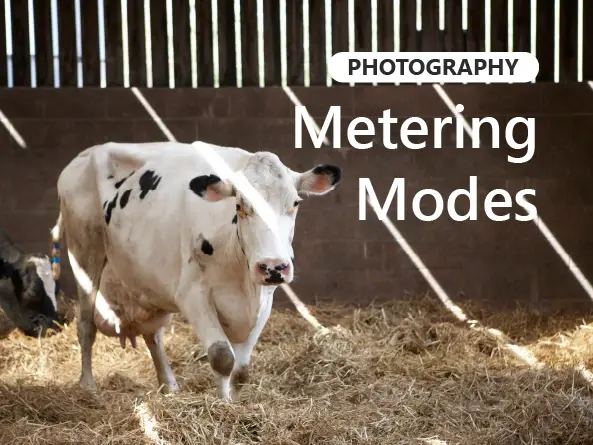What is Aperture in Photography?
- Feb 8, 2024
- 3 min read
Updated: Aug 20, 2025
Photography is a blend of art and science, in which various elements come together to produce an image. Among the myriad elements that make up a great photograph, one stands out for its pivotal role in shaping the image's depth, focus, and exposure: the aperture. This article aims to explain aperture in photography, focusing on its definition, how it works, and its implications for photographers.
Photo by OmirOnia on FreeImages.com
What is Aperture in Photography?
The aperture is the opening within a camera lens that allows light to reach the camera sensor.
It functions similarly to the pupil of an eye by adjusting in size to control the amount of light entering the lens. This control is crucial for managing the exposure and depth of field of the photograph.
Aperture Definition in Photography
Aperture size is measured in f-stops (e.g., f/1.4, f/2.8, f/8), and inversely correlates with the f-stop number. A lower f-stop means a wider aperture, allowing more light to enter, while a higher f-stop indicates a narrower aperture, reducing the light intake. Understanding this measurement is essential for controlling the photographic process, influencing the image's clarity, depth of field, and exposure level.
A lower f-stop means a wider aperture, allowing more light to enter, while a higher f-stop indicates a narrower aperture, reducing the light intake.
Aperture in Cameras
Cameras, including DSLRs and mirrorless models, offer various modes for aperture control, from manual to semi-automatic, such as Aperture Priority mode. In Aperture Priority mode, the photographer selects the aperture, and the camera automatically adjusts the shutter speed to achieve proper exposure, facilitating quick changes to depth of field and brightness levels.
Understanding Aperture
Aperture affects photography in two primary ways: depth of field and exposure.
Depth of Field
The aperture size influences the depth of field, which determines how much of the image is in focus. A wider aperture (lower f-stop) produces a shallower depth of field, highlighting the subject against a blurred background (explore Bokeh effect in photography). This effect is often utilized in portrait photography.
Photo by Krappweis on FreeImages.com
Conversely, a narrower aperture (higher f-stop) results in a broader depth of field, keeping more of the scene in focus, which is ideal for landscape photography.
Photo by mirofoto on FreeImages.com
Interested in landscape photography? Here are some tips and tricks for beginners.
Exposure
Aperture impacts an image's exposure by regulating the amount of light that reaches the sensor. A wide aperture increases the light, making the image brighter, which is useful in low-light conditions. Conversely, a narrow aperture decreases the light, preventing overexposure in well-lit environments. Achieving the right exposure requires balancing aperture with shutter speed and ISO settings.
Here is a summary of the effects of aperture in photography:
Aperture Size (f-stop) | Depth of Field | Light Intake | Example of Use |
Lower f-stops (e.g., f/1.4) | Shallow | More light | Highlighting a subject against a blurred background in portrait photography. |
Mid-range f-stops (e.g., f/8) | Moderate | Balanced light | General photography, achieving a balance between subject clarity and exposure. |
Higher f-stops (e.g., f/16) | Deep | Less light | Capturing expansive scenes in detail in landscape photography. |
Practical Tips for Using Aperture
Understanding the technical aspects of aperture is the first step. Here are practical tips to apply this knowledge:
Experiment with Aperture Priority Mode: This mode allows you to adjust the aperture and observe its effects on depth of field and exposure, providing a hands-on understanding of its impact.
Adjust to Lighting Conditions: Utilize aperture adjustments to adapt to varying lighting conditions, employing a wider aperture in low light and a narrower one in bright conditions to manage exposure effectively.
Know Your Lens: Lenses have specific aperture ranges; understanding these limits can help you make informed decisions about depth of field and exposure.
Creative Use of Aperture: Consider how aperture settings can enhance the narrative or emotion of your images. A shallow depth of field can draw attention to your subject, while a deep depth of field can capture expansive scenes in detail.
Practice: Regular practice with different aperture settings in various conditions will deepen your understanding and proficiency in using aperture effectively.
Photo by datarec on FreeImages.com
Aperture is a fundamental concept in photography, affecting both the technical and artistic aspects of the images produced. Continuous exploration of aperture settings under diverse shooting conditions enhances a photographer’s capacity to adapt both creatively and technically to any photographic challenge.
Keep Learning! Check out our related blog posts:






